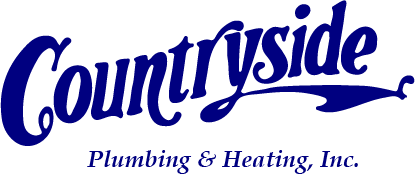Explanation On Flammable Vapor Ignition Resistant
If you take a look at the water heaters available in the market then you will notice that they are all FVIR or Flammable Vapor Ignition Resistant ones. From 2005 onwards, all the water heaters produced in North America are FVIR ones. In the past, water heaters running on propane or Liquefied Petroleum and natural gas caused tremendous fires in case there are flammable liquids such as gasoline nearby and gas spills occur. Thankfully, with FVIR models, things are a lot safer as these models boast of an impressive design that helps in preventing flashback fires.
In case of a flammable vapor ignition resistant water heater, its technology prevents flashback fires from breaking out by trapping and burning the hazardous gas vapors inside its body instead of in the room. The ignited vapors do not get released to the combustion chamber and the air flow towards the combustion chamber is one-way. This type of heater also comes with an inner door and a burner assembly which ensures that the combustion chamber is sealed and that the flammable vapors and combustion air do not enter this chamber from the front side of the water heater.
Thanks to FVIR water heaters, a lot of injuries and even deaths associated with accidental fire can be prevented. This special type of water heater also produces very little Nitrogen Oxides in case of emissions, therefore it is quite environmental-friendly as well. It is made up of a flame arrestor plate, a thermal cutoff switch and a screen for protecting the combustion process from dust, lint or oil.
This type of water heater is designed in such a manner that vapors aren’t ignited outside the combustion chamber at all, thus minimizing the risks of fire to a great extent! In case the flames travels in an opposite direction and ignite the vapor outside the combustion chamber of the water heater then the multi-purpose calibrated thermal switch automatically shuts down the main burner and the pilot on detecting the problem. Flammable vapor ignition resistant water heaters are a cut above the rest, therefore it is extremely beneficial to invest in one such heater. Call (800) 542-4243 to get your FVIR water heater installed and experience the difference!

